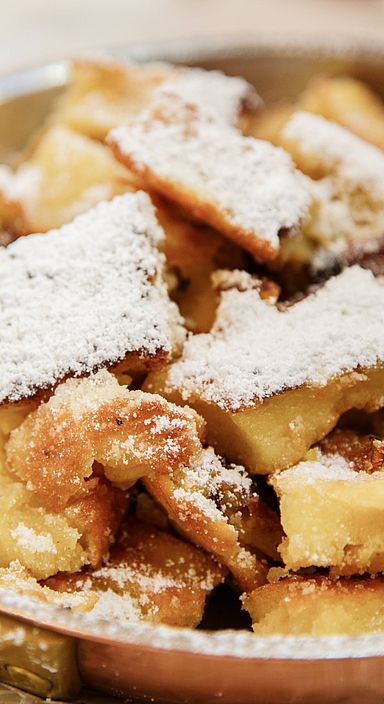Herb of the month
Winter cress
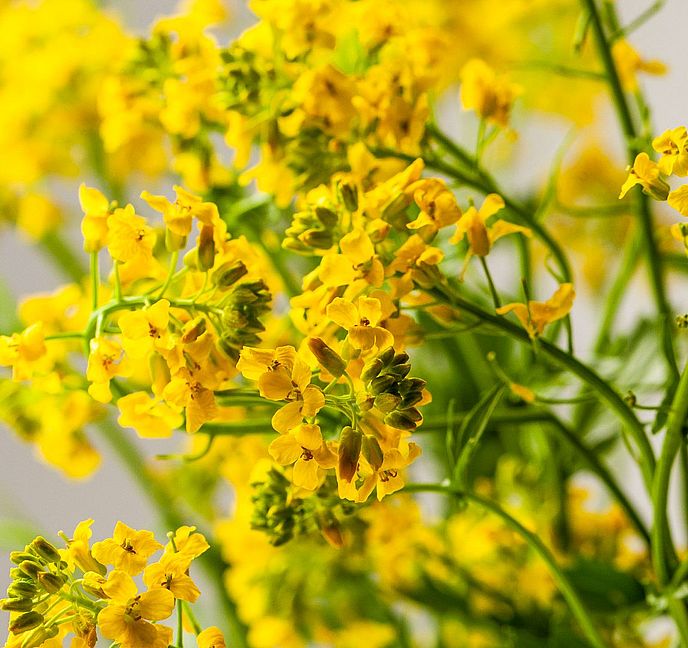
Spring has taken over and due to the mild temperatures, a number of wild herbs are growing in the warming sunshine. Winter cress can be found along roadsides as well as fields, especially those that are wet, and the young leaves of the winter cress find their way into our kitchen to refine vegetables and salads.
Elder flower
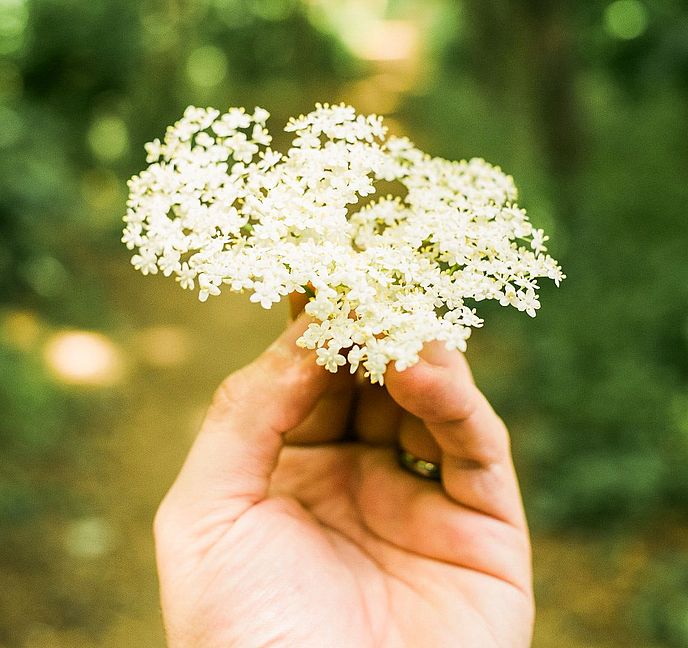
Walking along the fields of the region you cannot miss the white flowers of the elder tree. Between May and July – depending on weather conditions – they start to blossom and enthuse with their wonderful scent. A dream for all foragers as they can be used to make syrup, jam or tea, which not only tastes good, but also has beneficial effects on your health.
Goutweed
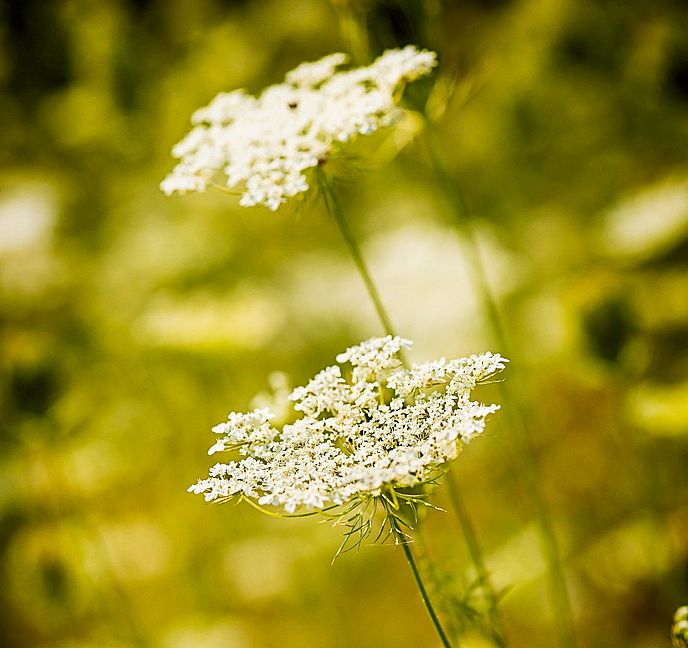
For many it is just an annoying weed in their kitchen garden, foragers love it and use it for salads, as an alternative to spinach and for seasoning potato dishes. Goutweed can be found – if not in your garden – in the forests or in the shade of bushes. The best time for foraging is from May until August.
Marjoram
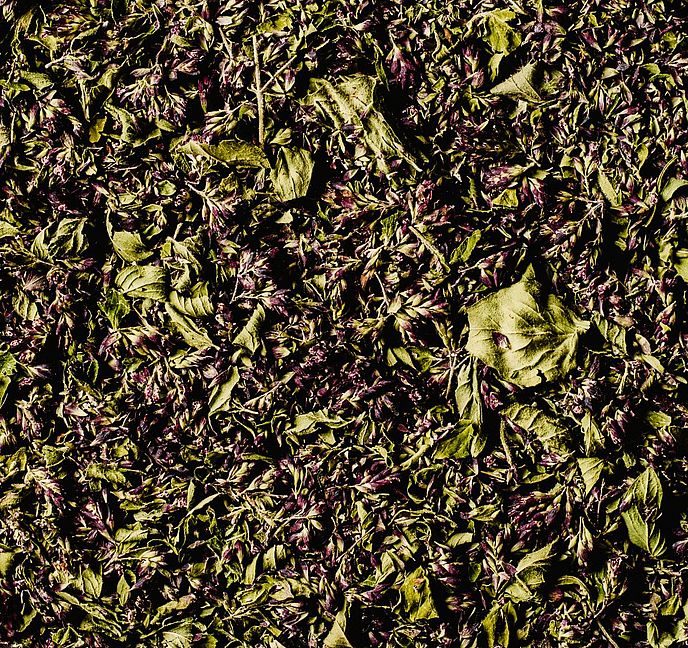
It is one of the most famous kitchen herbs and loved for its intense aroma. Marjoram is used in many stews and savoury meat dishes – fresh or dried. But the leaves can also be made into tea or extract to use as a natural medicine to alleviate for example digestive issues.
Rosemary
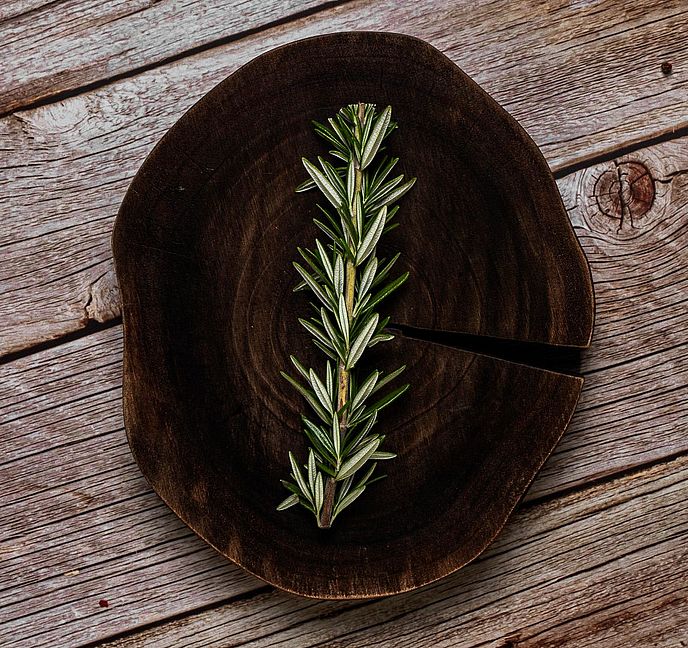
It is one of the most popular and loved kitchen herbs. The fragrant evergreen herb with needle-like leaves, and member of the mint family, is at home in almost every kitchen. It‘s medicinal properties have been hailed since a long time and used to treat a variety of diseases.
Lavender
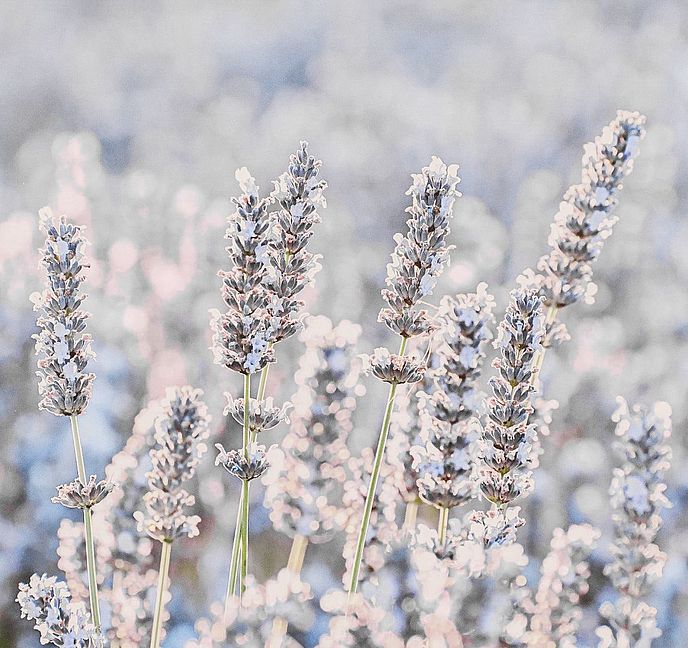
Most of you will know the lilac flowers of the lavender plant. It is native mainly to the Mediterranean, but, since some centuries, widely known in Austria too. And it is believed to have medical uses. By drying the plant, it unfolds its full fragrance. Essential oil is produced from the plant and used as natural remedy to treat various discomforts and diseases. Often it is also used for beauty treatments.
Parsley root (leaves)
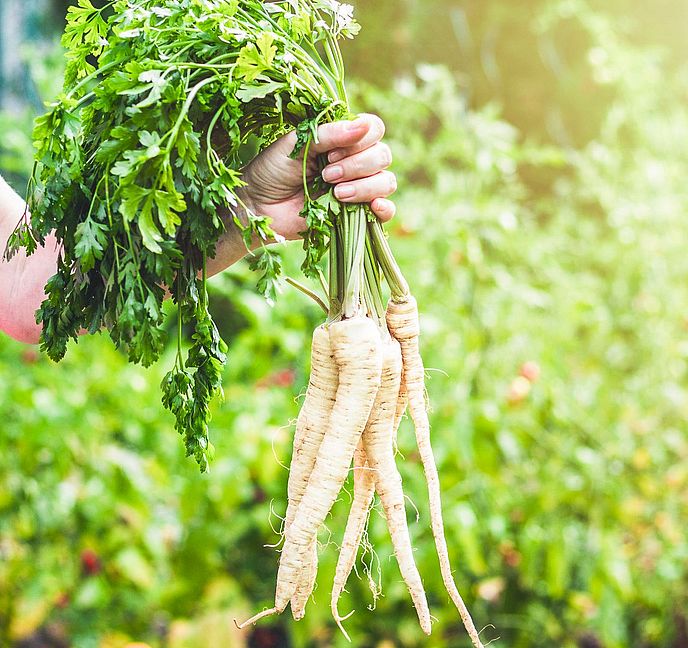
The parsley root found its way over the Easter Mediterranean Sea to us. And yes, it is the root of the herb parsley, but especially grown for its large taproot – even though also its leaves are edible. It is a classic winter vegetable and aromatic ingredient of many stews and soups. Its relation to parsley can be seen and tasted.
Thyme
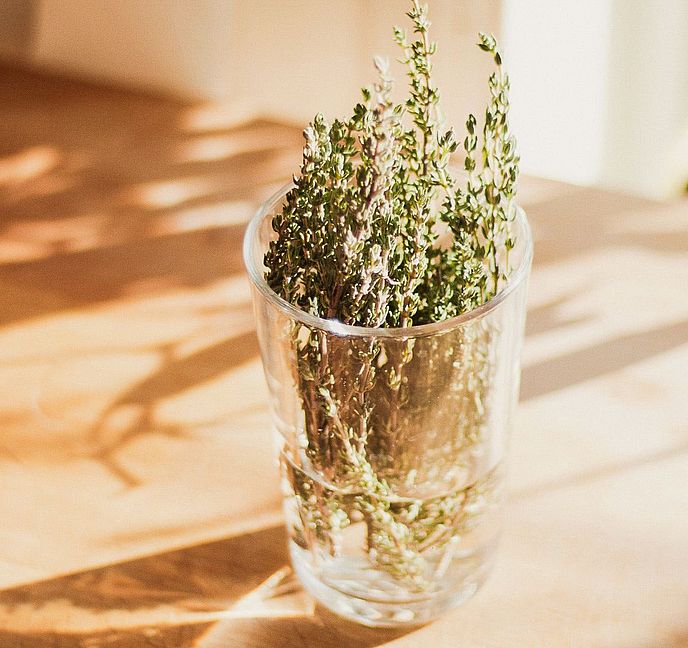
Thyme not only boasts unique flavour, but is also a Mediterranean herb with dietary and medicinal uses. It adds a touch of the Mediterranean to the dishes seasoned with its aromatic leaves. Furthermore, it is also famous for its healing power and antibacterial properties. As a natural medicine it is often used in cough syrups and against colds or skin problems.
Sage
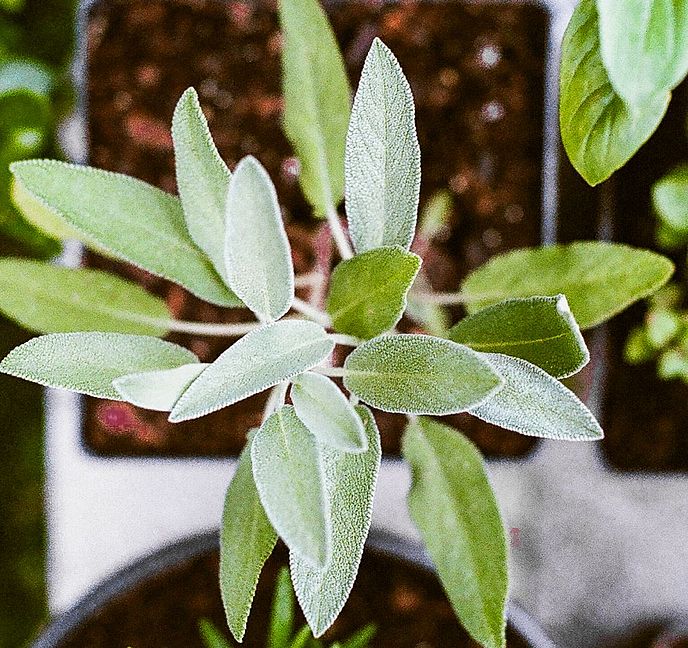
It is one of the longest known and most famous kitchen and medicinal herbs and has its place in kitchens and in natural medicine since centuries. The green herb’s leaves can be used for various, especially Mediterranean, dishes and as a tea it is used to treat a range of discomforts, like colds and infections.
Chervil
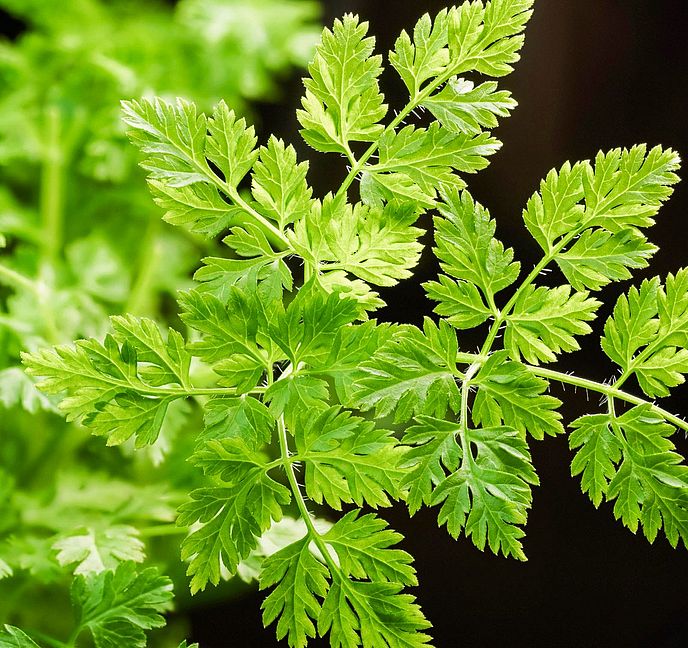
It is often overlooked, but still one of the best herbs. Most of the time it is used as ingredient for soups or sauces. It is most appreciated in the French cuisine. Its flavour recalls mild pepper with a sweet tinge. Chervil should not be used dried, but always fresh, giving a special twist to many dishes.
Lovage
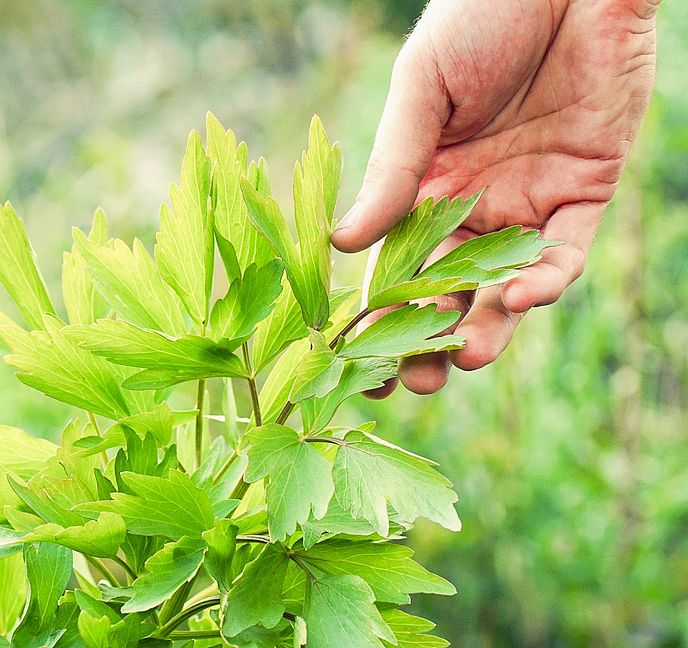
The lovage plant is really popular here. The distinctive fragrance and flavour are often recognized even by the little ones. It is at home in many gardens and used for soups and many savoury dishes. Actually, the plant is edible from leave to root, including the seeds.
Coriander
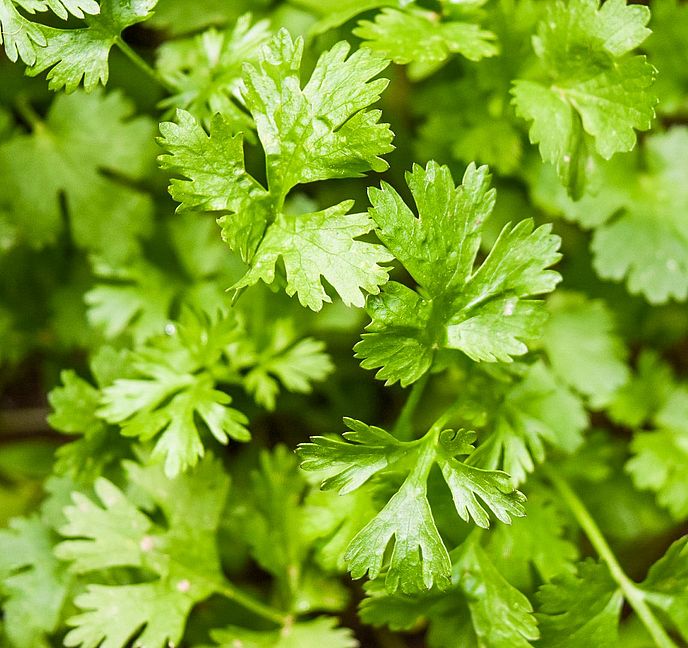
Distinctive flavour, which could be too intense for palates not used to it. Nonetheless the spicy herbs found its way into many Asian, Indian and Latin dishes with its lemony and floral flavour. Not only the leaves, but also the round seeds are used to add a spicy flavour to the dishes with their lemony aroma.




